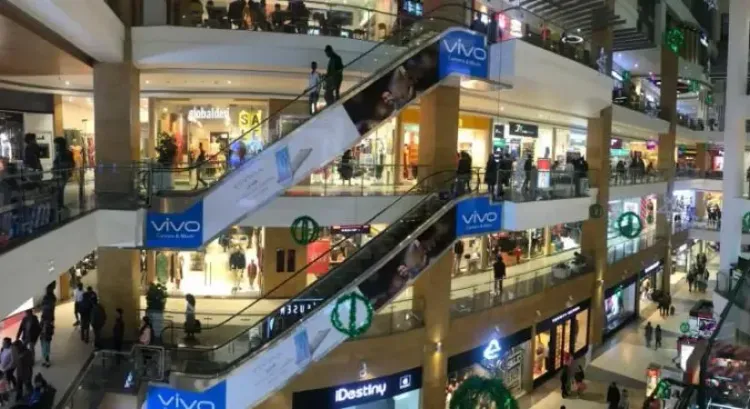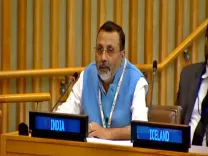Mall Vacancy Rates in India Plummet to 8.3% Amid Economic Boom and Growing Affluence

Mumbai, Dec 9 (NationPress) Fueled by the retail sector’s extraordinary growth alongside favourable economic conditions and increasing affluence, mall vacancies in India have dropped to just 8.3%, a significant decrease from 15.5% in 2021, as demand consistently surpasses supply, according to a report released on Monday.
The initial half of this year reflected the leasing activity seen in the preceding two years, with over three million square feet leased across major urban centers.
In the upcoming years, a significant increase in supply is expected across these cities, with the Delhi-NCR region anticipated to dominate, as per an Anarock report.
“Vacancy rates in leading malls are continuing to decline due to limited supply and strong leasing activity. Premium malls nationwide are operating at nearly full capacity,” stated Anuj Kejriwal, CEO and MD–Retail, Industrial and Logistics, Anarock Group.
Both national and international brands are eager to occupy quality spaces in thriving malls and bustling high streets across cities.
The segments of apparel, accessories, and food and beverages remain the leading categories. However, exclusive outlets for watches and jewellery have also shown impressive growth during the year, constituting nearly 6% of the total retail leasing volume, the report indicated.
“Retailers and brands are increasingly opting for smaller spaces, as nearly 70% of leases were for areas measuring up to 2,500 square feet,” added Kejriwal.
Nonetheless, as new supply becomes available in the coming years, larger spaces are expected to capture a greater share of the overall leased area, he mentioned.
The highest concentration of upcoming supply is projected in Delhi-NCR, Mumbai Metropolitan Region (MMR), and Hyderabad over the next 4-5 years, collectively accounting for more than 85% of the total forthcoming supply.
Meanwhile, rental rates along prominent high streets are on the rise and are expected to continue increasing until quality new supply is introduced. For the third consecutive year, demand has outstripped supply, the report noted.









